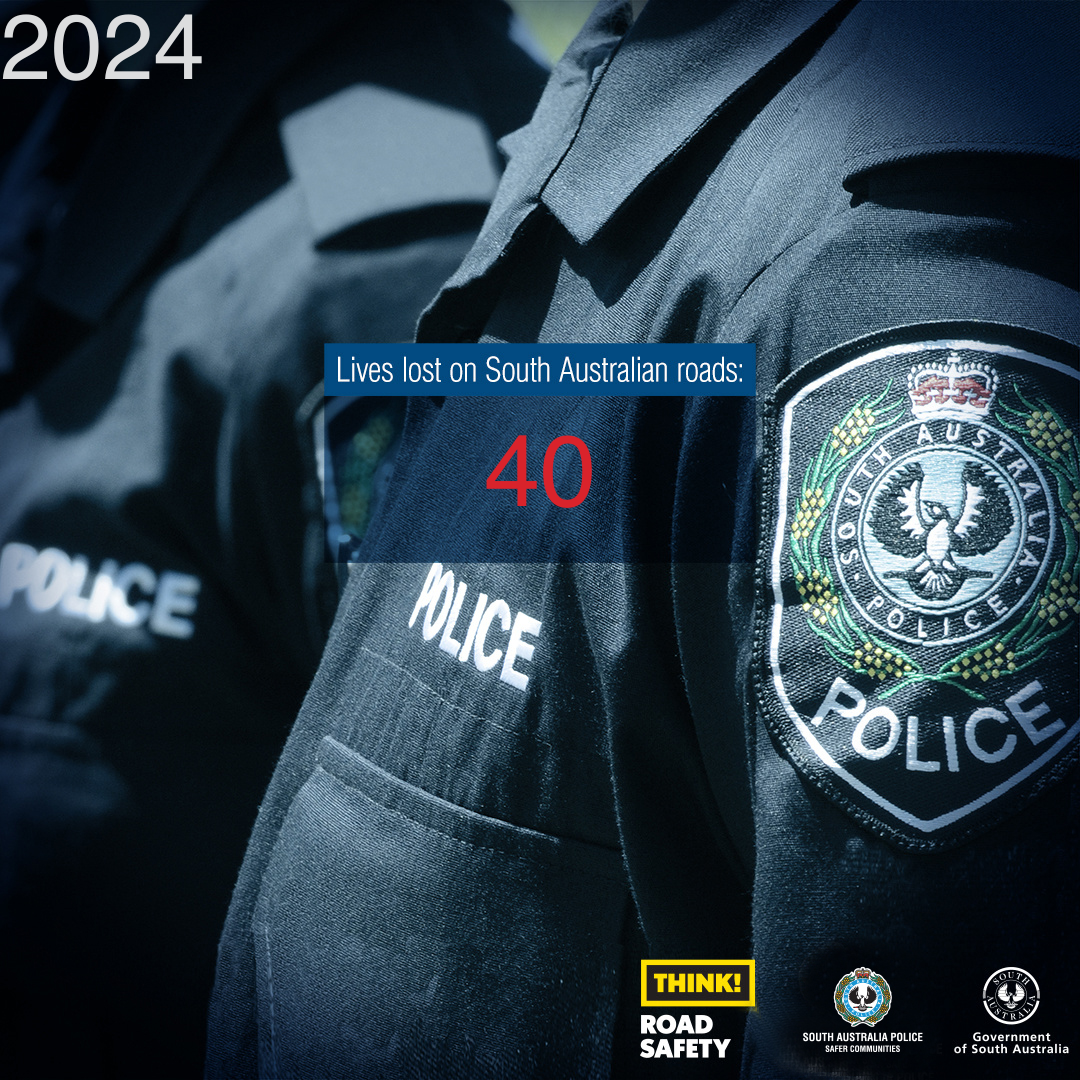The research, by Te Whare Wānanga o Waitaha | University of Canterbury (UC) Associate Professor Catherine Theys, examines two different types of stuttering – developmental and acquired – to show a clear neural basis for the speech condition.
“Stuttering affects approximately 1% of adults and can result in significant communication problems and social anxiety, yet the cause of stuttering is still unknown,” says Associate Professor Theys. “It most often occurs as a developmental disorder but can also be caused by focal brain damage following a stroke or other neurological conditions. While most research treats these different types of stuttering as separate conditions, this study takes a unique approach by combining datasets to see if we can identify a common link.”
The multidisciplinary study, in collaboration with researchers from the University of Turku (Finland), University of Toronto, Boston University, and Brigham and Women’s Hospital at Harvard Medical School, used three independent datasets: case reports from published literature of acquired neurogenic stuttering following stroke; a clinical single study cohort with acquired neurogenic stuttering following stroke; and adults with persistent developmental stuttering.
While previous research has looked at specific brain lesion locations to try to find out how the brain works, Associate Professor Theys says this research uses a new technique that looks at the brain networks affected by lesions and whether there might be a common hub.
“We used the first two datasets and lesion network mapping to test whether lesions causing acquired stuttering map to a common brain network. We then used the third dataset to test whether this lesion-based network was relevant to developmental stuttering.
“By looking at each of the datasets we were able to locate a common stuttering network, narrowing it down to a specific part of the left putamen, which is responsible for lip and face movements, and timing and sequencing of speech. We also identified two additional new areas of interest for speech imaging and stuttering research, which are the claustrum and amygdalostriatal transition area. They are tiny areas of the brain – only a few millimetres wide – which is why they may typically not have been identified in previous studies. This shows a plausible network for stuttering.
“People have always looked at acquired and developmental stuttering as two separate things, but we have been able to show that as well as the similarities at the behavioural level, there are also similarities at the neural level.”
Dr Theys says the findings have relevance for treatment.
“For people with acquired stuttering, this provides a good explanation of what might be going on. When you look at that part of the putamen, it’s really the sequencing of movements that seems to be a key underlying difficulty, and therefore an important aspect to focus our treatments on. The identified network areas also provide insights in possible links with emotional responses in stuttering. The claustrum and amygdalostriatal transition area findings provide an important new direction in mapping the neural basis of stuttering, and ensuring the best possible diagnostic and treatment approaches can be developed.”








